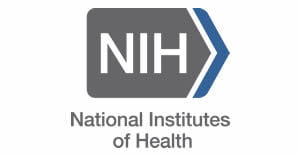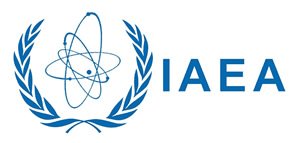RSS feed source: National Institute of Health
Implementation Update: Delayed Effective Date for the NIH Intramural Research Program Access Planning Policy
On January 10, 2025, NIH issued the Intramural Research Program (IRP) Access Planning Policy (NOT-OD-25-062) requiring organizations applying to NIH for certain commercial patent licenses to submit access plans to NIH outlining steps they intend to take to promote patient access to those licensed products. The IRP Access Planning Policy applies to license applications and licenses granted by the NIH IRP for patents wholly owned by the government.
The NIH is committed to working with organizations to ensure successful implementation of this Policy. As such, NIH is delaying the effective date to accommodate further stakeholder outreach discussion in developing meaningful access approaches and incentive for partnerships. The Policy will now apply to license applications submitted to NIH on or after October 1, 2025.
Click this link to continue reading the article on the source website.
RSS feed source: National Institute of Health
Radiactive Waste Facility Taken Over
Print View Posted on: 19 March 2025
Event Date: 02 March 2025 Event Type: Radiation Waste Facility Event Location: Mexico, Temascalapa, Mexico State, Mexico INES Rating: 0 (Final)
On Sunday March the 2nd, 2025, at approximately 6:30 AM (UTC-06:00), personnel from the municipality of Temascalapa forcibly took over the Low and Medium Level Radioactive Waste Storage Center (CADER), property of the National Institute of Nuclear Research (ININ), evicting the personnel who were at the facility and subsequently placing seals of closure at the entrances. The video surveillance and environmental radiation monitoring systems that CADER has were disabled and there was no way to know the status inside the Center.
Negotiations took place out between personnel from the government of the State of Mexico and the Municipality of Temascalapa, without reaching agreements so far.
In addition to the radioactive material and depleted uranium that are kept in the facility, work tools from a foreign company were also retained inside it.
Federal Authorities were working to regain control of the facility. The source term of the facility is estimated at approximately 1,041.55 TBq of Co-60 and its surface area is
Click this link to continue reading the article on the source website.
RSS feed source: National Institute of Health
Lost Radiography Device
Print View Posted on: 19 March 2025
Event Date: 06 March 2025 Event Type: Radiation Source Event Location: United States of America, Mentone, Texas / National Inspection Services, LLC INES Rating: 1 (Final)
On March 6, 2025, a radiography crew working approximately 16 km (10 mi) east of Mentone, Texas, reported losing a SPEC 150 exposure device containing a 3.53 TBq (95.4 Ci) iridium-192 source.
Update: On March 13, 2025, a member of the public contacted the licensee stating they had found the exposure device. The device was recovered by and is in the possession of the licensee. The device had remained in a locked shed since being found. The exposure device was found to be intact and no attempt was made to operate or tamper with the device. Exposure levels were normal and no individual would have received any significant exposure due to this event.
NRC EN57596
INES Rating: 1 – Anomaly (Final) as per 19 March 2025
Impact on people and the environment Release beyond authorized limits? No
Click this link to continue reading the article on the source website.
RSS feed source: National Institute of Health
Synopsis
Wildland fire is a powerful force on the planet, one that is rapidly accelerating in complexity beyond our current understanding. A new approach is needed. This approach requires a proactive and scalable perspective that recognizes the variety and connectedness of components of wildland fire. Coordinated scientific research and education that enables large-scale, cross-cutting breakthroughs to transform our understanding of wildland fire is urgently needed. In an era of rapid change, our society needs forward-looking research built on new frameworks that will realign our relationship with wildland fire.
The Fire Science Innovations through Research and Education (FIRE) program invites innovative multidisciplinary and multisector investigations focused on convergent research and education activities in wildland fire. All areas of science, engineering, and education supported by the U.S. National Science Foundation are included in this program. Projects developed by a wide array of groups including, for example,
Click this link to continue reading the article on the source website.

